Check out some of our newspaper articles to summarize all of our thinking! YAY!
|
We've put so many pieces together regarding how organisms grow bigger by eating, how plants get their matter and energy (since they don't eat like animals), and how organisms "disappear" when they're dead. I am so proud of you 5th grade, especially since much of our figuring out has been remote. Way to go! Check out some of our newspaper articles to summarize all of our thinking! YAY! When our unit first started in February, we had no clue we'd be back where we started after we figured out so much stuff! Our original question was "Why do dead things disappear?" We've certainly figured out this BIG ANSWER! So here we are in May, and we can do all this crazy connecting between things that not only have disappeared, but things that have gotten bigger, or grown! Working remotely has certainly presented a challenge, but with all this figuring out we've done, Mrs. Brinza put together a video summarizing everything!
After a thoughtful discussion on what we know about air, water and light, we came to an agreement that:
1. Air is made of matter because it has weight. If it has weight, it must be made of particles, too! And since air was compressible in a syringe (Mrs. Brinza did a demo w/one of her kid's syringes used to administer medicine), there has to be a lot of empty space around the particles! 2. Water is also made of particles, too! Duh--water obviously has weight, no?!?!?! We also tried it in the syringe and while it's compressible, it was BARELY compressible, which means the particles in water must be really close together. 3. Light doesn't have weight and can't be made of particles, NO WAY! Since it travels in straight lines and comes from a source, we agreed that an arrow would be the best way to represent it!
Mrs. Brinza built out an animation to see how air, water, and sunlight are used to help a plant grow!
We continued to see another pattern emerge...if an organism gets bigger, then something else (in this case, the air and water) had to be getting smaller! All this couldn't take place without energy present, too! Check out our mathematical model we built!
Next steps: return back to the dead raccoon that started this all!
With our plant investigations in full swing at home, some have done okay and others were total flops, like Mrs. Brinza's! The beans, while gaining weight, were super mushy and smelly after adding too much water. Mold was even beginning to grow! So we were grateful for our home investigator's experiments that ran for 20 weeks! Check out the data that he collected for us, so we can hopefully see where plants are getting their matter from! We calculated average increase/decrease in weight, and are thinking that plants get their matter from air, water, and sunlight. We were really intrigued that plants can't be getting their matter from soil, as the vast majority of plants we see grow in them, right? But we were thinking that if plants are getting bigger, they have to get their pieces from somewhere, and since soil doesn't disappear around plants, this made more and more sense to us! We looked at the famous experiment from Von Helmont! From here, we began to ask lots and lots of questions about air, water and light. Check out some of the students' questions! We decided in would be in our best interest to actually try and weigh air, water, and light to see if they did indeed have weight, and could give plants matter to grow. Since we're working remotely and not everyone has an access to a scale, Mrs. Brinza made some videos to showcase this (note the errors I made in saying grams, but the scale was actually in ounces, oops!). And I apologize for the "homemade" feeling behind the videos, but I'm limited with being able to do high-quality videos with my own-two kids in the background!
We agreed that water and air must be made of matter since they have weight and take up space. Air in the big balloon weighed very little, but it still weighed something! Light, however, didn't weigh anything no matter how much we put on the scale or even the type of light we used. We closed out the week trying to model what air and light would look like if we zoomed in on them. We already know what water looks like when we zoom in on it (from our Clean/Dirty Water unit). Check out some of our ideas for Models of Air! Check out some of our ideas for Models of Light! Next week we'll be discussing these models as we try to finalize our thinking on where plants get their matter from, and what everything else must be if it's not matter! :-)
With some chatting/discussing what our plant investigations should look like, there was lots of "figuring out" about what a fair test would look like with plants and where they get their matter from. In our Google Meets, we came up with the following two consensus ideas for what our plants investigations should look like:
Even with the differences, each class has figured out a way to see which of the factors we think will give plants the matter they need to grow! Since we aren't together physically, we agreed to try and set up our own investigations at home. Mrs. Brinza set up these:
In the meantime, we're lucky that the scientific community is and has tried something similar to what we've been doing! So there's this gentleman running a similar experimental setup to ours in his home, too! We'll check back over time to see how it goes!
We've been seeing some patterns with all the organisms that the raccoon eats: 1. They're dead. 2. They get smaller as the raccoon grows and gets bigger. We were able to come to an agreement about all these connections, and summarized, it looked like this! While all the animals seemed to be consuming either animals or plants bit by bit, piece by piece, or particle by particle, we didn't see anything going into the plants. And we have lots of evidence to suggest that plants get bigger over time, too. Before we started remote learning, we even had evidence in our Dead Plants Columns that there were plants actually growing! So this led us to two things: 1. Where do plants get the matter they need to grow? Here are some students' ideas: 2. How could we investigate this? Here are some students' ideas about plant investigations: Looks like we need to discuss exactly how we're going to figure out how plants get the matter they need to get bigger!
Now that we've developed models to explain how many different types of organisms get bigger, we reflected upon what started all this figuring out... The dead raccoon on the side of the road. And this raccoon wasn't technically getting bigger, as it was obviously an adult. So this means at some point, it was a baby, and it must have eaten to get bigger. So with a little bit of research and reading an article on a raccoon's diet, we figured out not only how varied a raccoon's diet is, but also how all these little pieces consumed by the raccoon enable it to get bigger over time! *Remember that we're amidst remote-learning now, so the student work samples you see have been modified from what is traditionally done in our classroom. We're trying to make the most of having access to digital materials in lieu of other materials we might have in our classroom, working together. What do you notice about these models that might be missing important parts of how we can show how a raccoon gets bigger from consuming various dead organisms?
Last week was a great week to begin putting pieces together...
Larva eat dead stuff, like raccoons and badgers that have died. Mold consumes dead stuff, like plant parts (think fruit and vegetable peels). Worms eat dead plant parts, too, just like the mold. So that got us thinking...if lots of organisms eat dead stuff (animals and plants), do we eat dead stuff, too? It seems pretty obvious since we certainly eat dead animals (think chicken on a salad, shrimp from the grill, or a a juicy hamburger or steam) and plants (salads, fruit, etc). But not everything we eat looks like it comes from nature (an animal or a plant). So we investigated other various foods we eat....think processed stuff. And after looking at the first two ingredients on these types of food, yup, the pattern continued. Much of the processed foods we eat comes from animals and plants as well! Here is our list we created!
All this researching got us thinking that we could represent all this "eating of dead" stuff mathematically.
So now that all this "eating of dead" stuff makes more sense, we also figured out the reasons behind why organisms eat dead stuff. We came to an agreement on the following reasons why organisms eat dead stuff:
1. To grow bigger. 2. To repair damage to their bodies (think of getting a scrape!) 3. To get energy to move 4. To maintain your body temperature (if you're warm-blooded). The interesting thing in all this, is that we are remembering the raccoon that started all this figuring out. The raccoon Mrs. Brinza saw on the side of the road was certainly an adult. It was once small, too, and consumed lots of dead stuff to grow bigger into adulthood. Check back after spring break as we figure this out!
After figuring out the role that mold is playing in our Dead Plants Columns, we had lots of figuring out to do about worms. We weren't really sure the role they were playing, so our next focus would be on worms!
Since we figured out about worms' diet and that their castings enrich the soil, we built out various mathematical models to represent what was going on. We attempted to use Google Chats to discuss each model, including their benefits and limitations in representing the phenomenon.
Mrs. Brinza attempted to use Screencastify to help the class pull various models together into a consensus model!
All this figuring out enabled us to make sense of what's been going on in our Dead Plants Columns as it relates to worms...the shrinking plant size and the darkening color were all due to the worm of worms!
This week, we remotely practiced some fair test examples with dead plants, knowing just how important a controlled experiment is in trying to figure out what is causing change to something! Here are some examples Mrs. Brinza set up in her notebook!
We read through a mold article and watched some pretty incredible mold videos, one of which was filmed right in our classroom before we left!
After engaging in a a question/response format on Google Classroom, we agreed that the stuff in our Dead Plants Columns is indeed mold! Mold is an organism that is consuming the dead plants, which totally make sense that our Dead Plants columns are getting smaller and the mold is getting bigger! We also developed a mathematical model remotely.... Mrs. Brinza even found an interesting finding about mold in the fast food industry...a great connection to how understanding science helps understand the world around us! Next steps...worms!
|
Have you ever seen something like the dead raccoon above? Did it disappear?
Archives
May 2020
Categories |
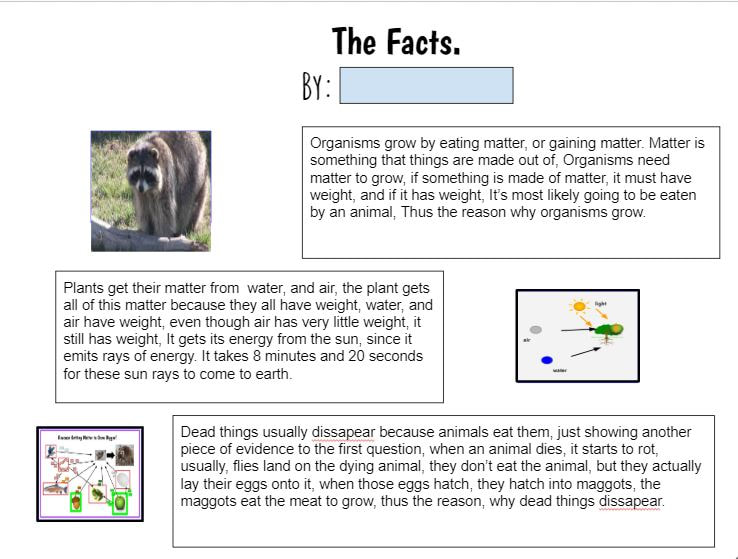
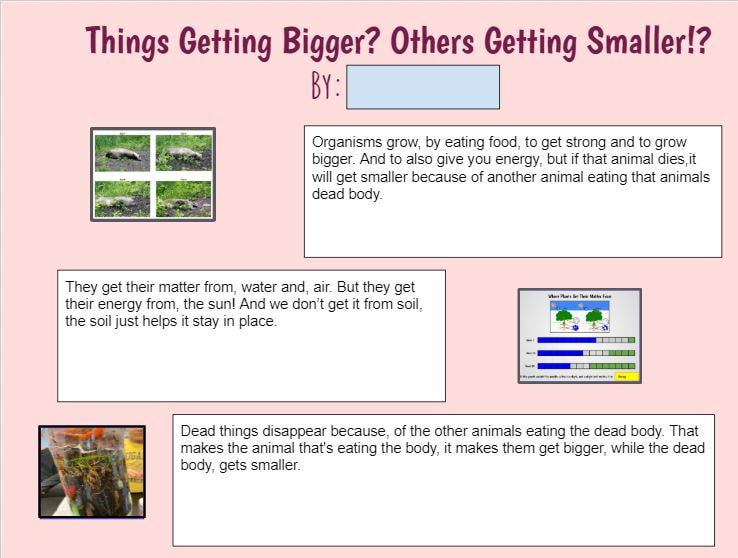
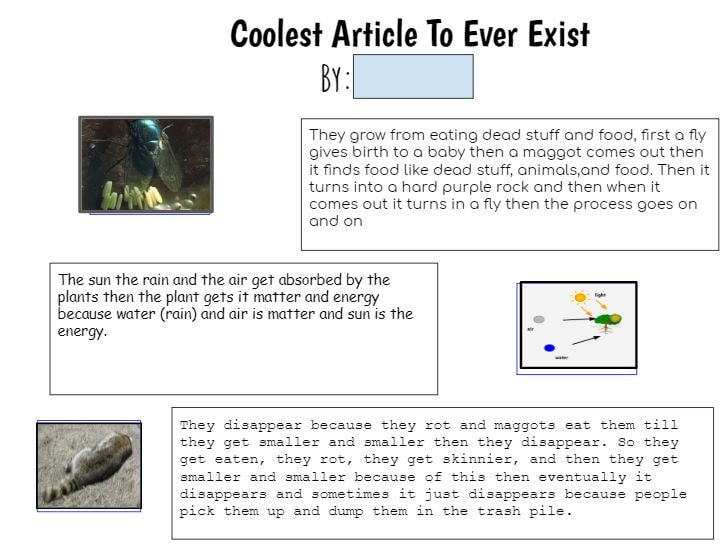
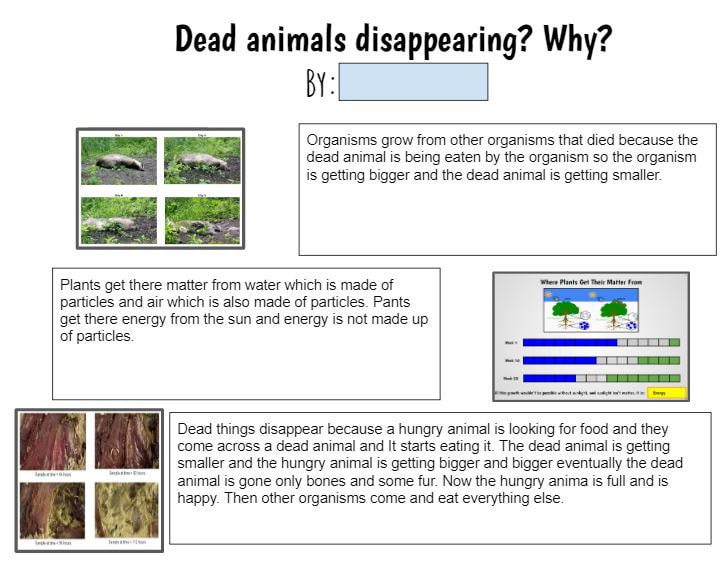
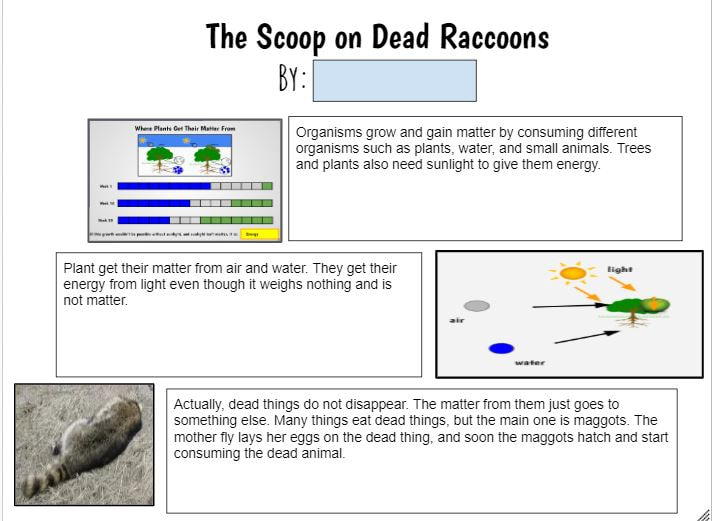
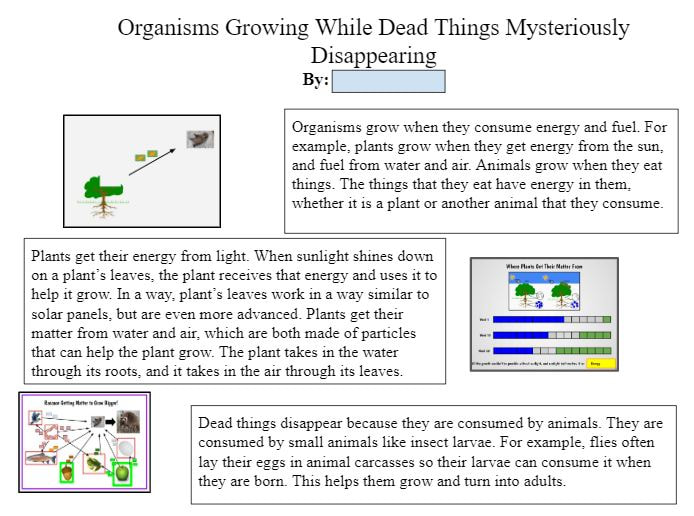
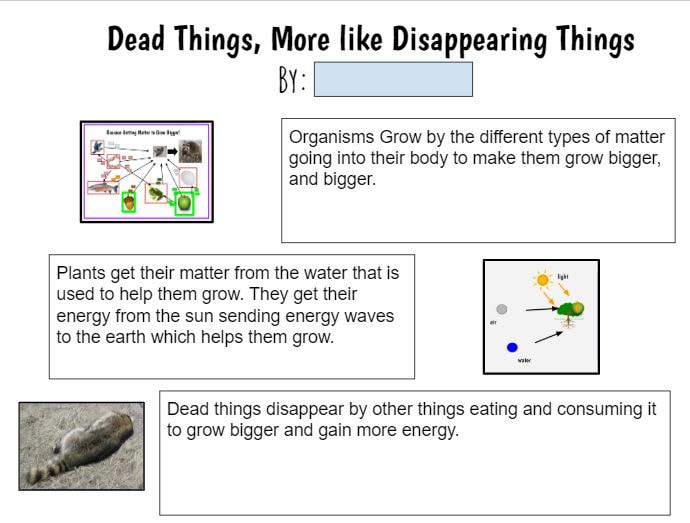
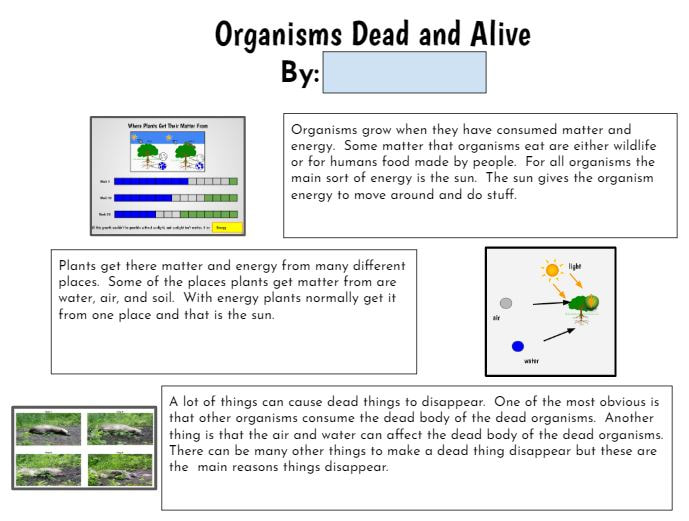
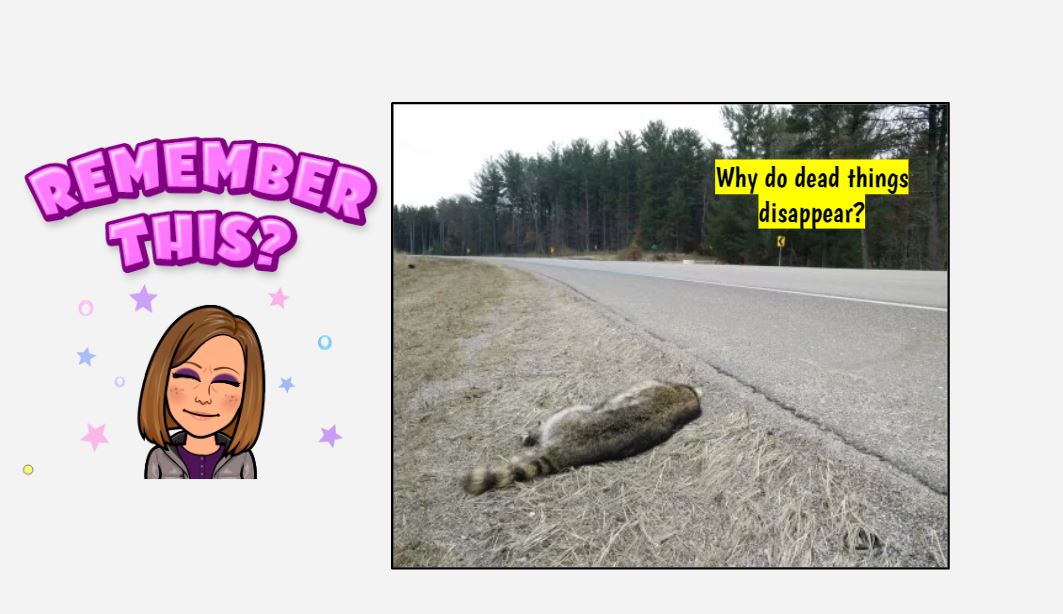
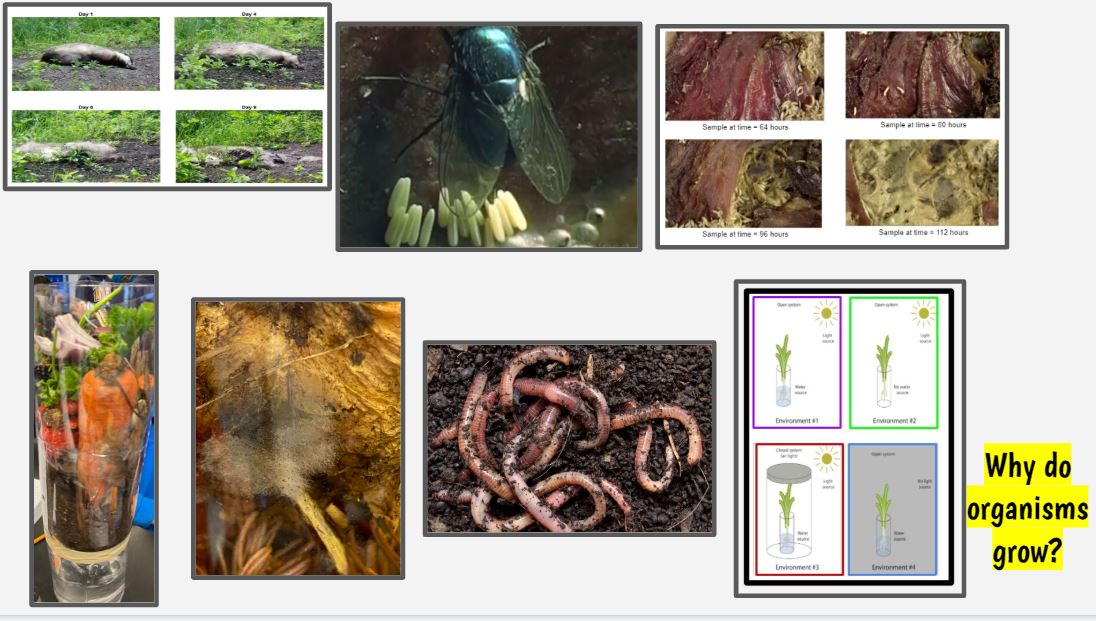

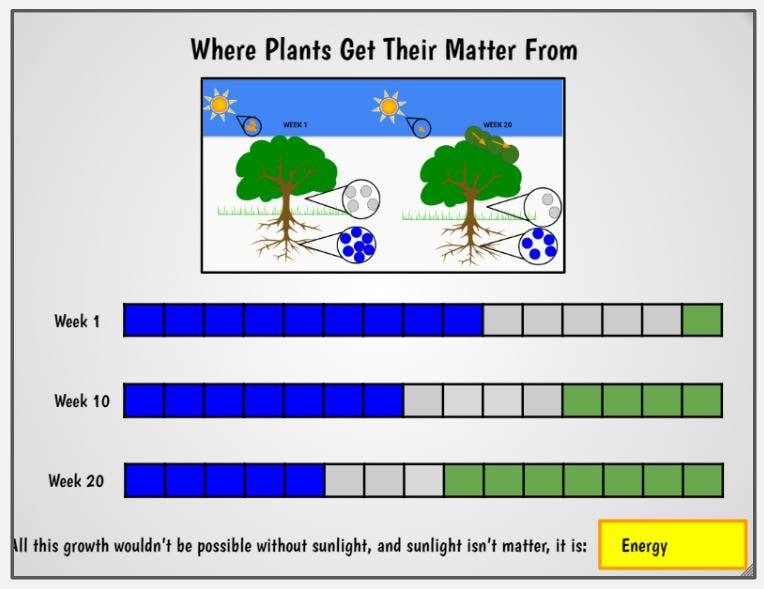
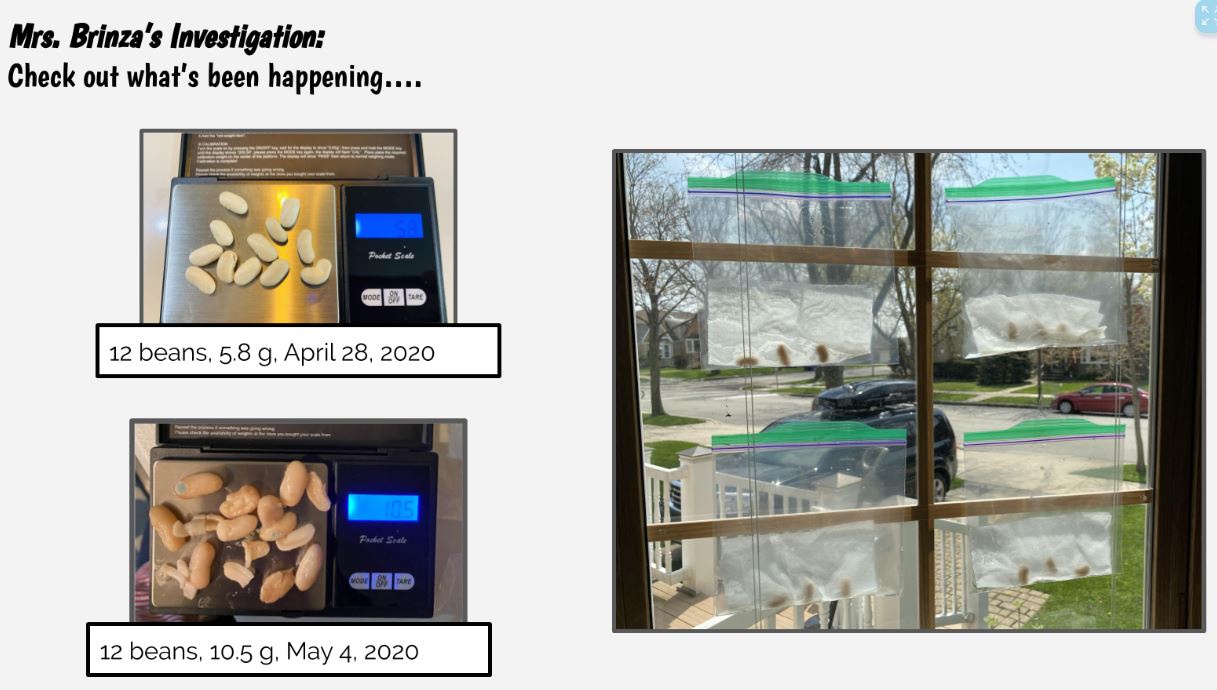
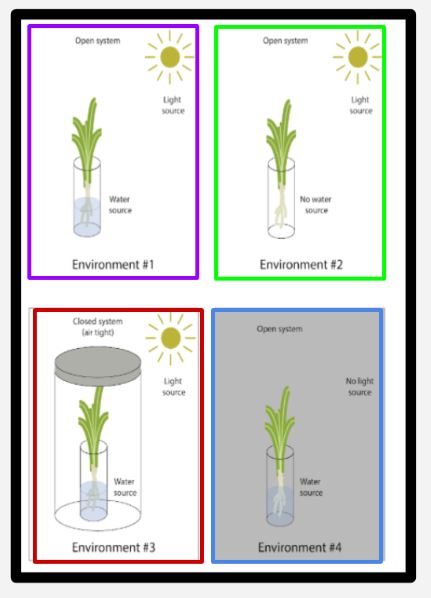
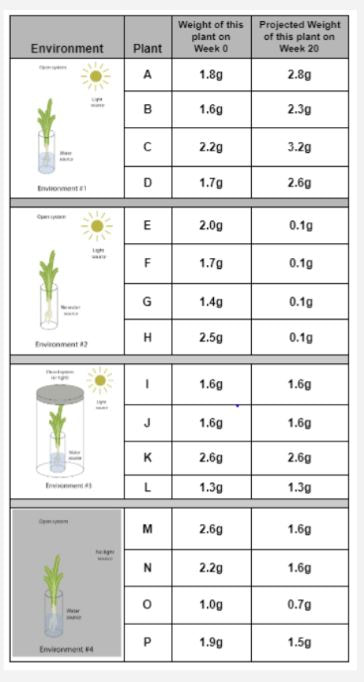
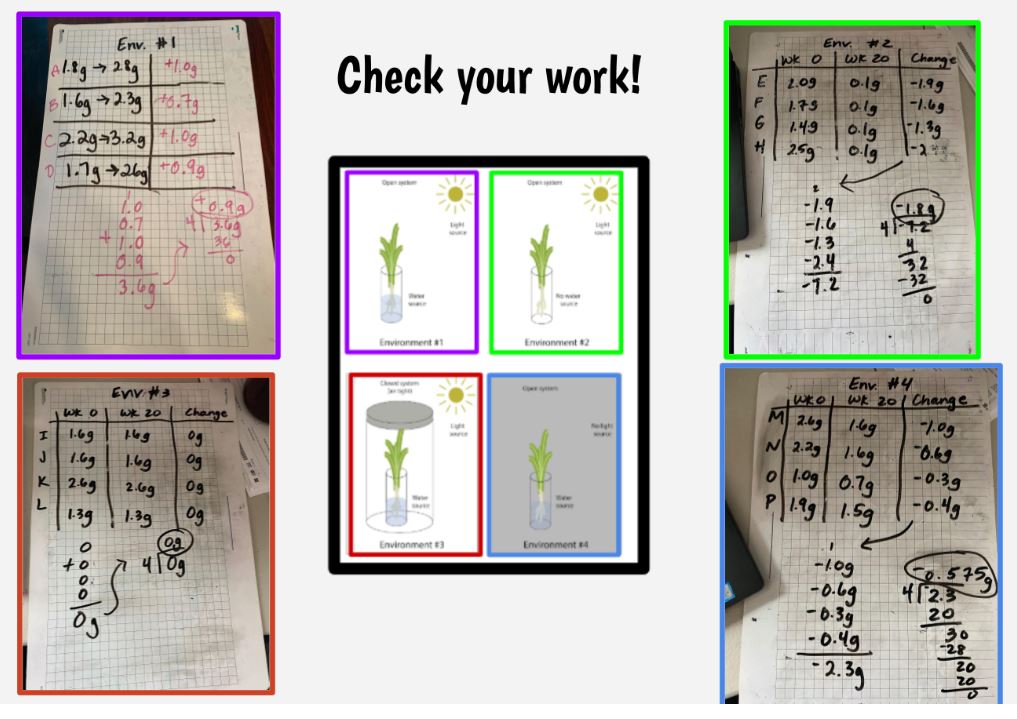
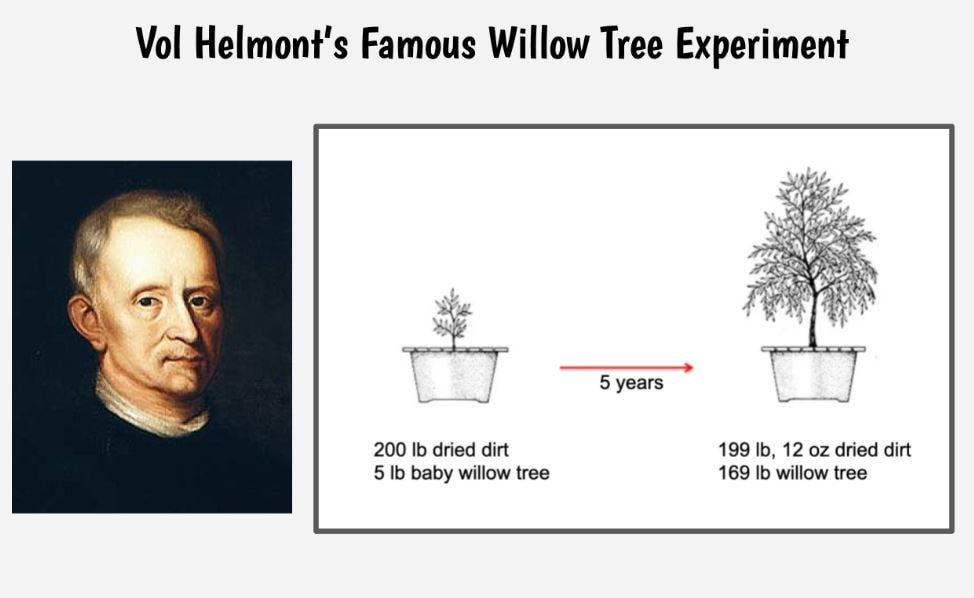
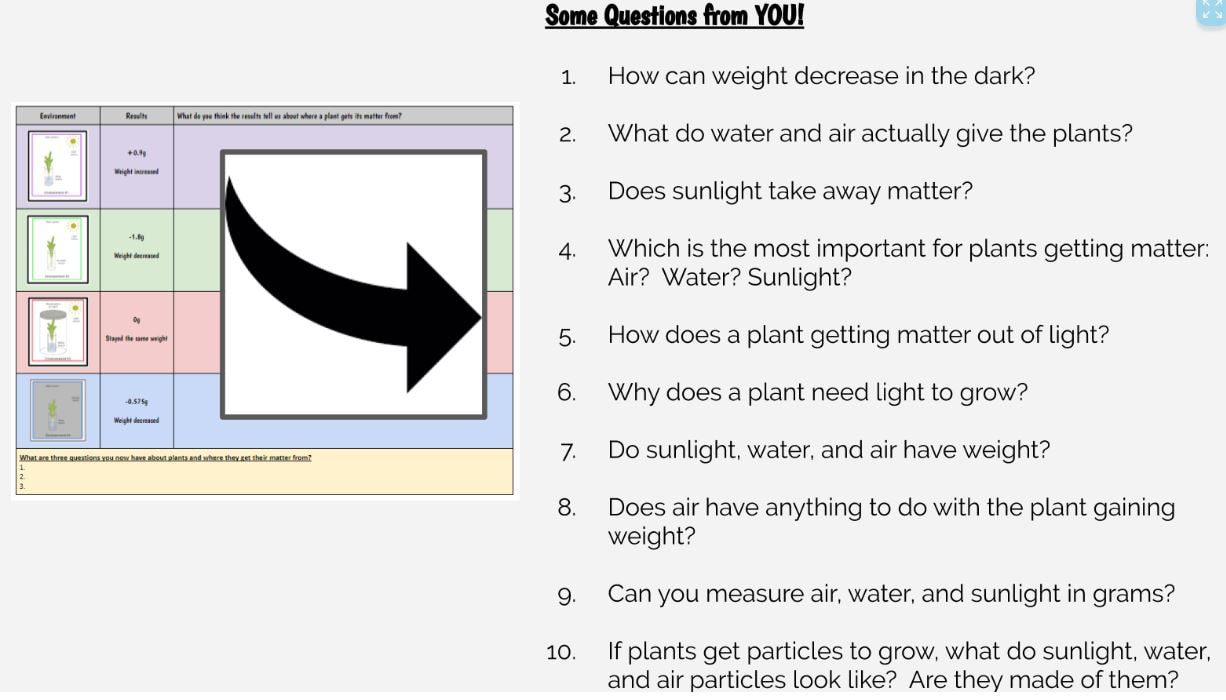
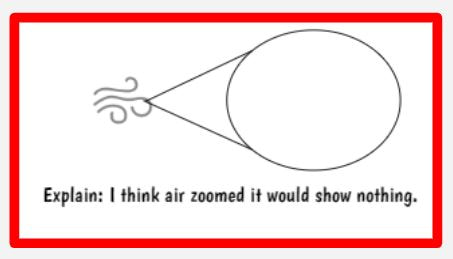
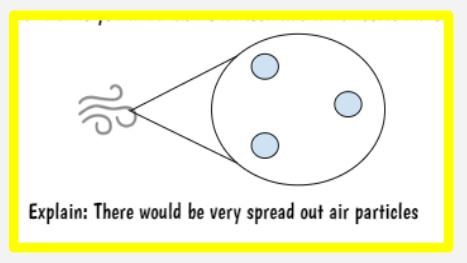
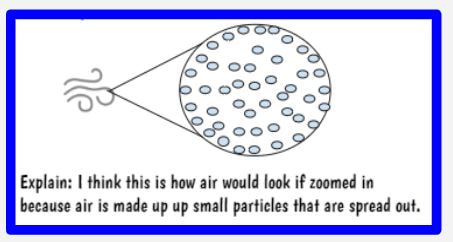
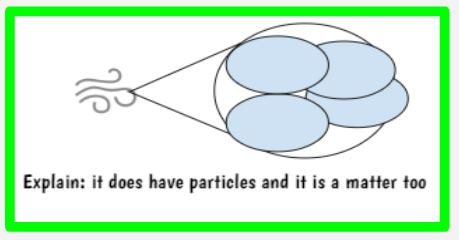
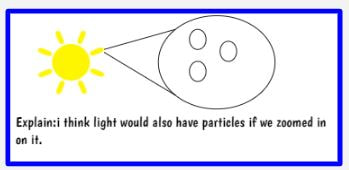
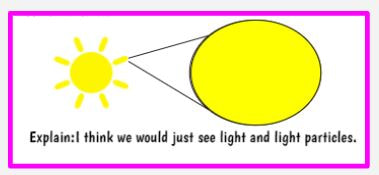
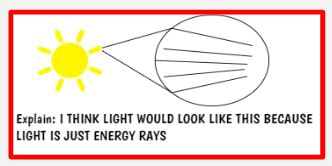
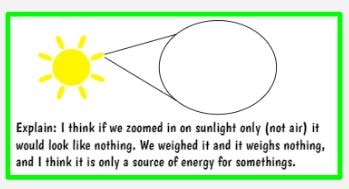
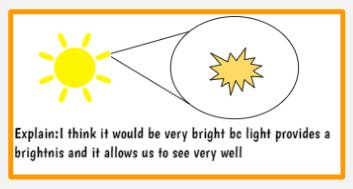
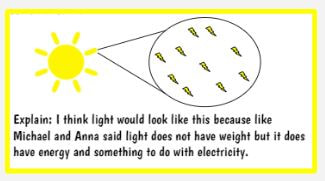
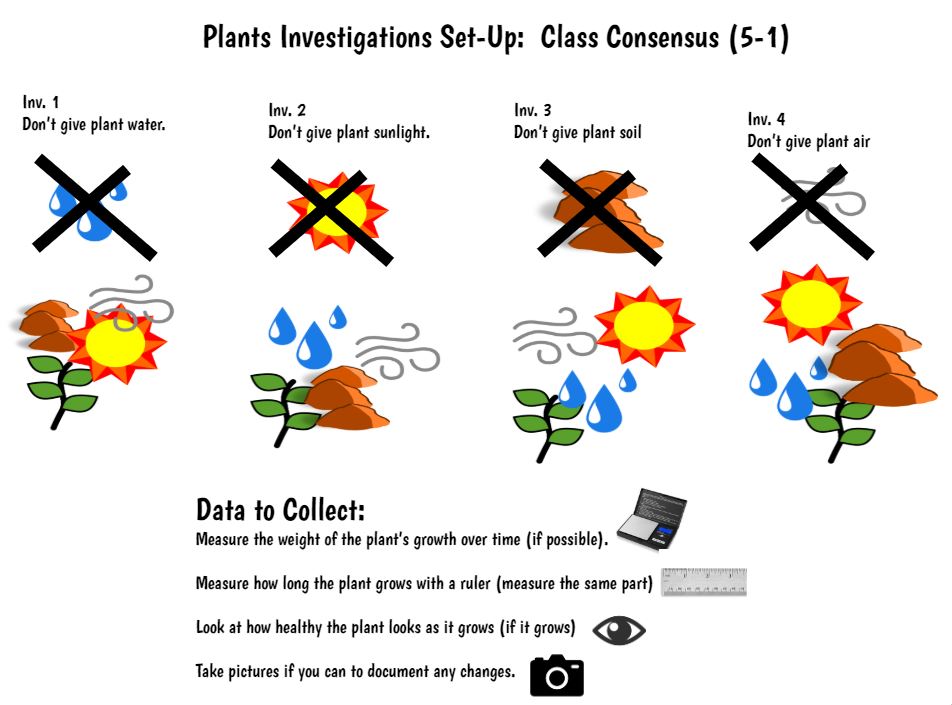
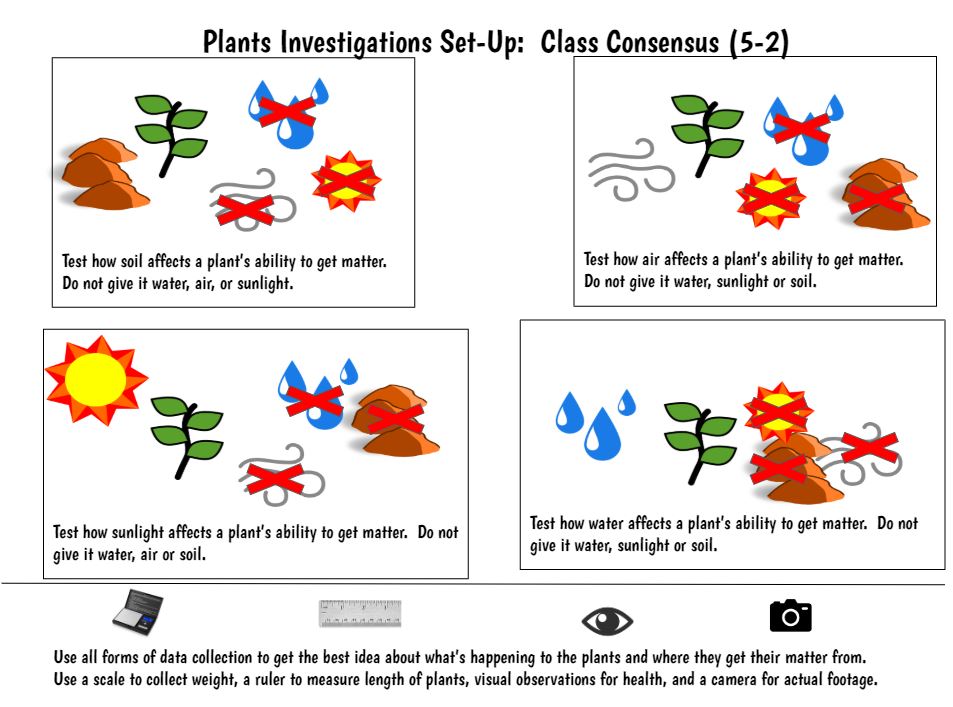

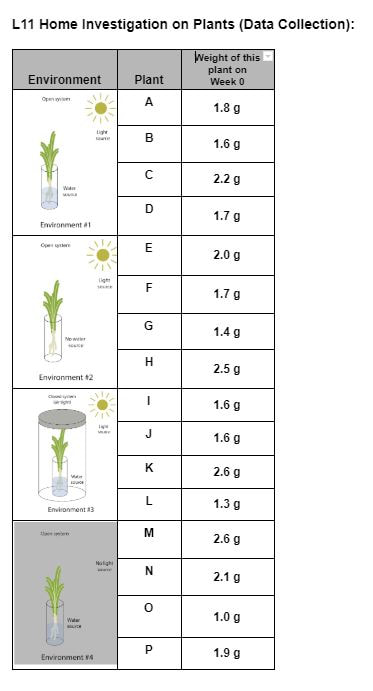
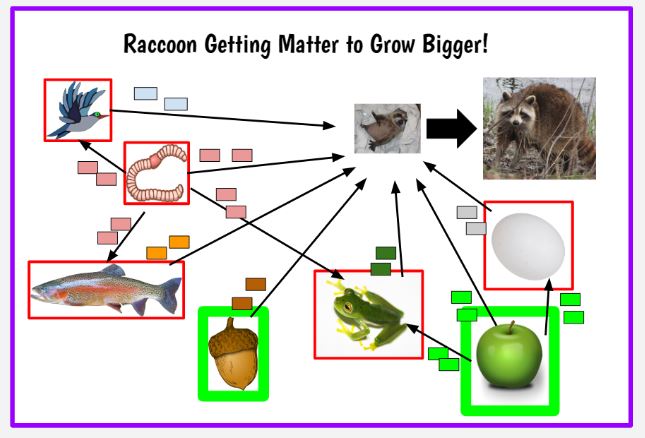
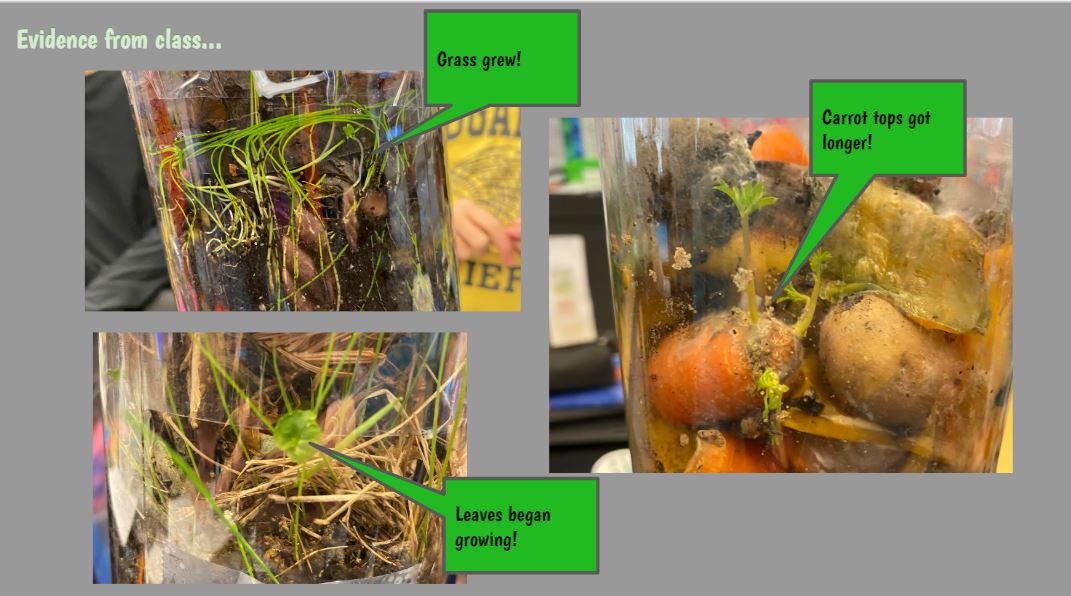
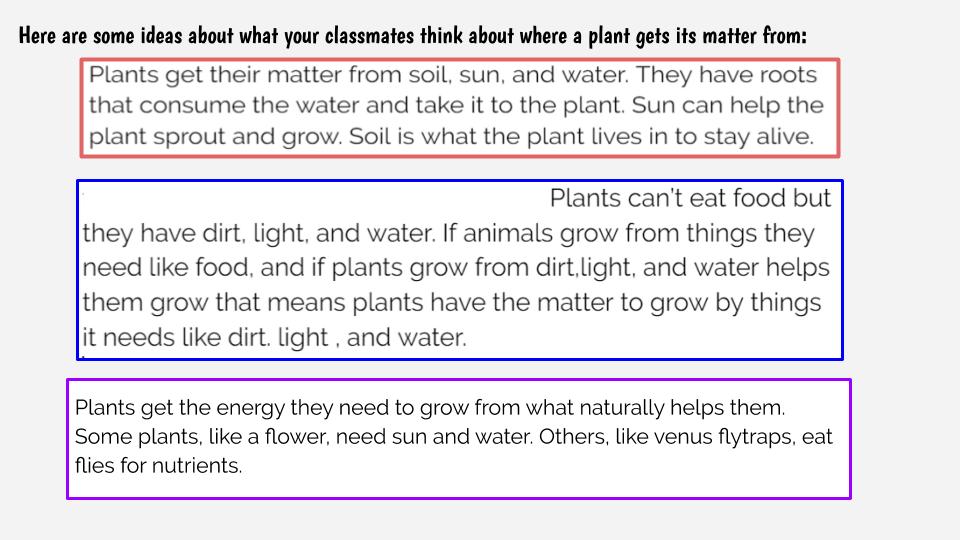
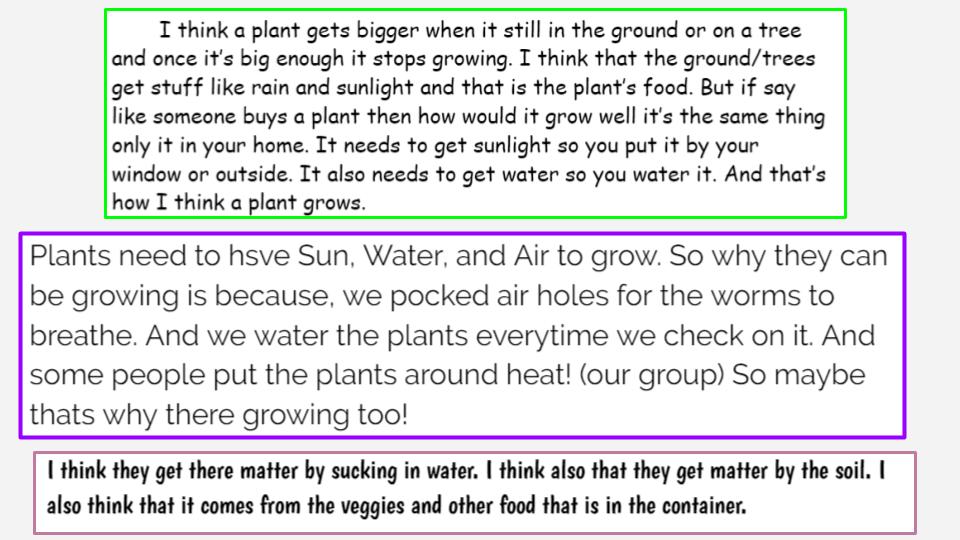
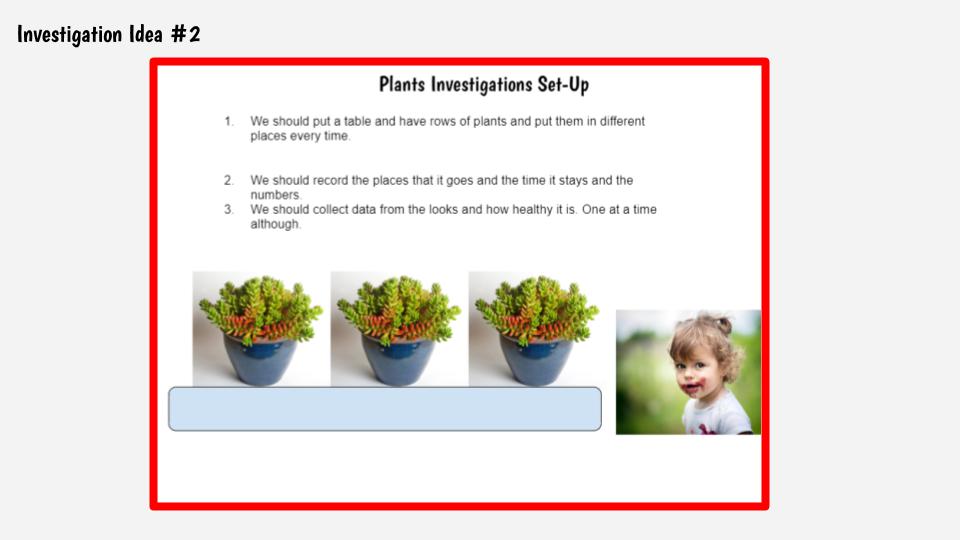
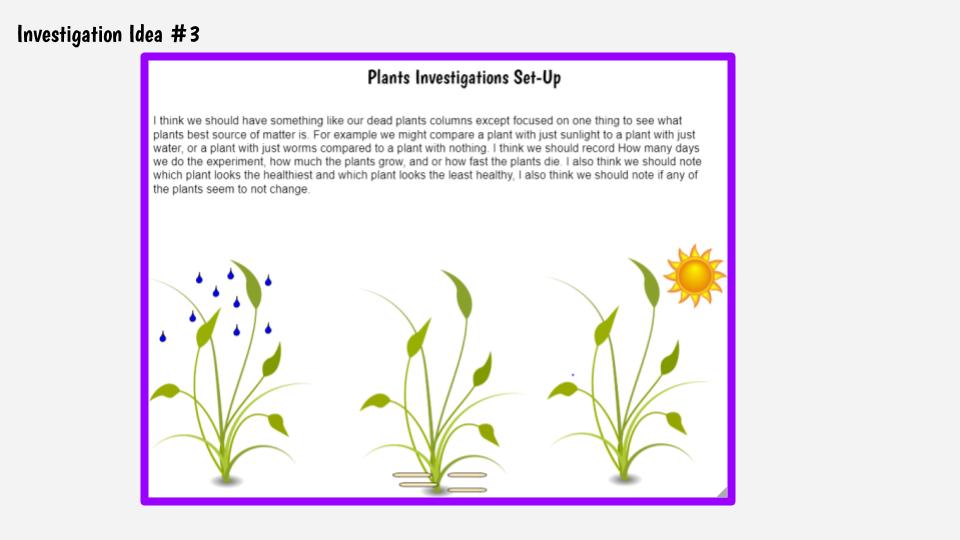
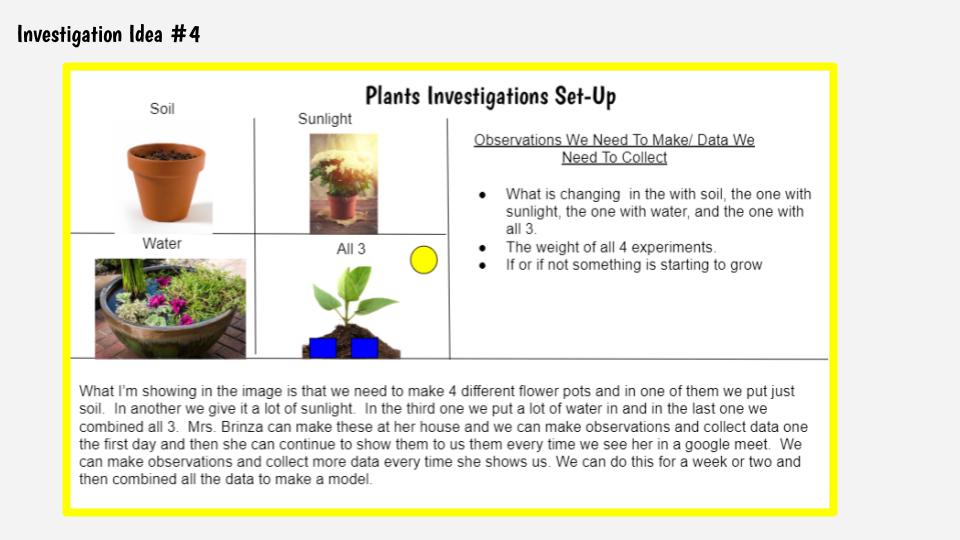
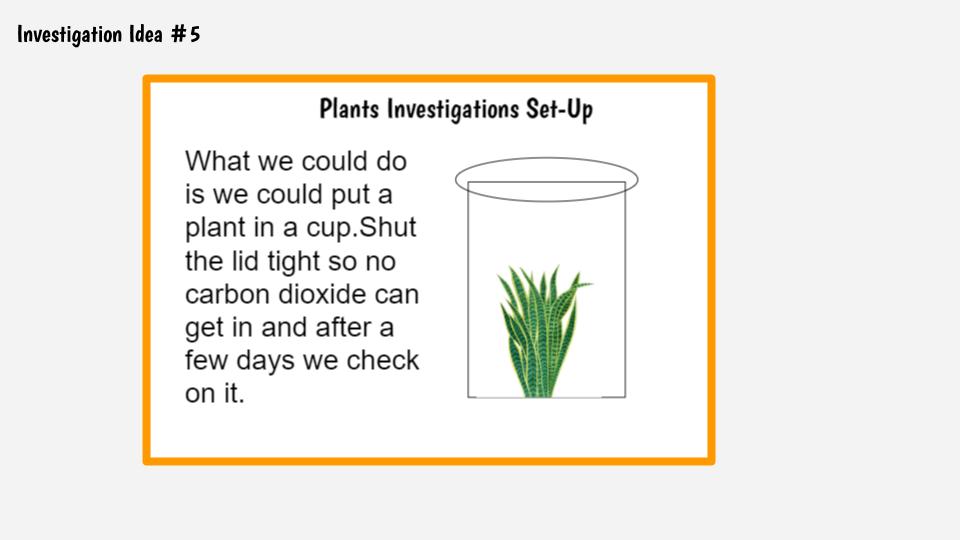
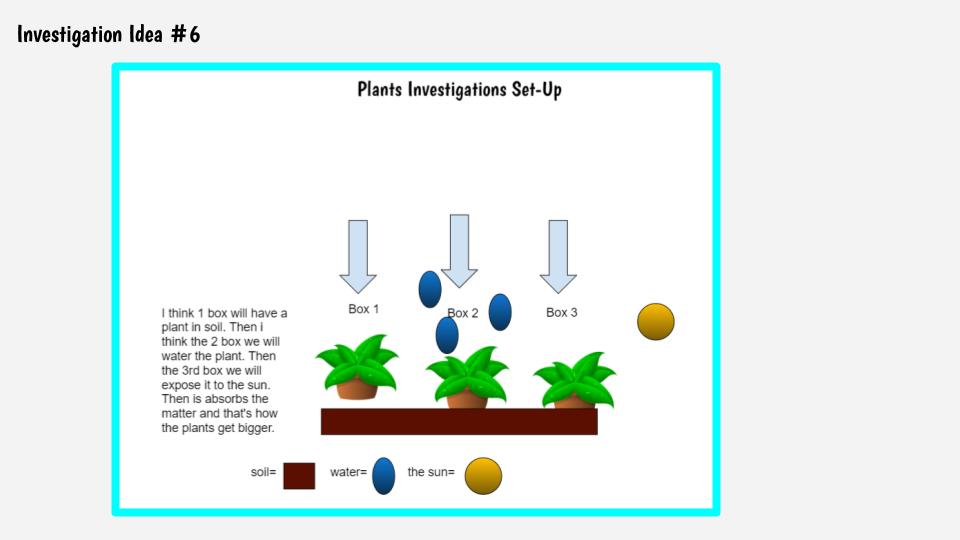
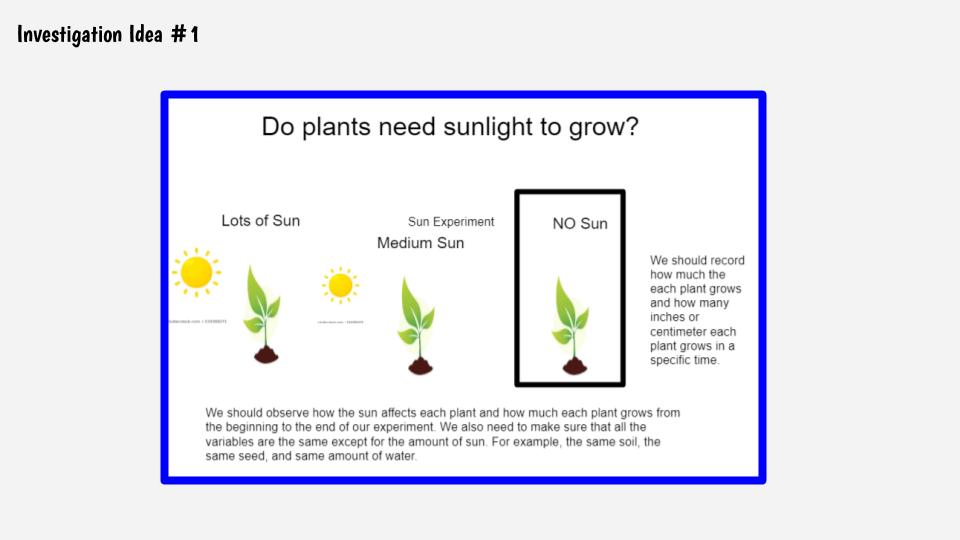
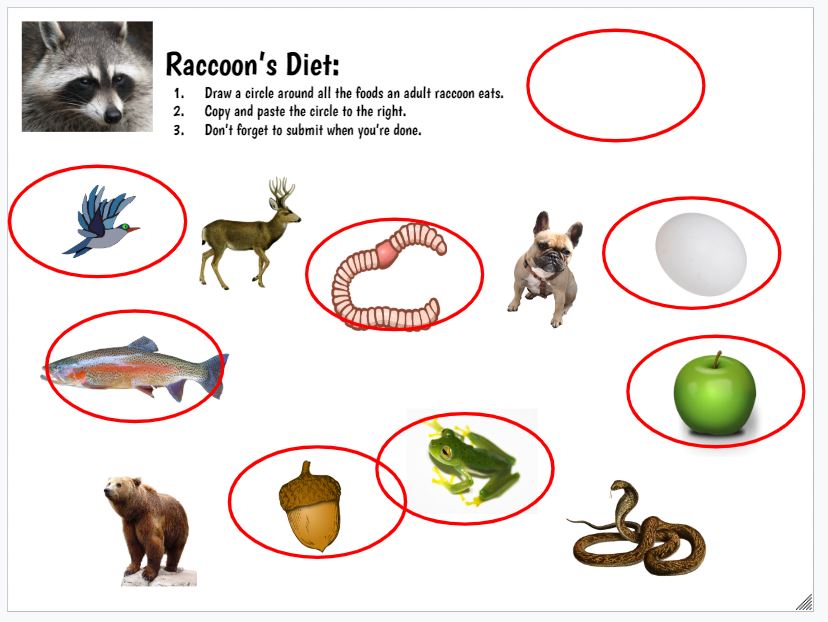
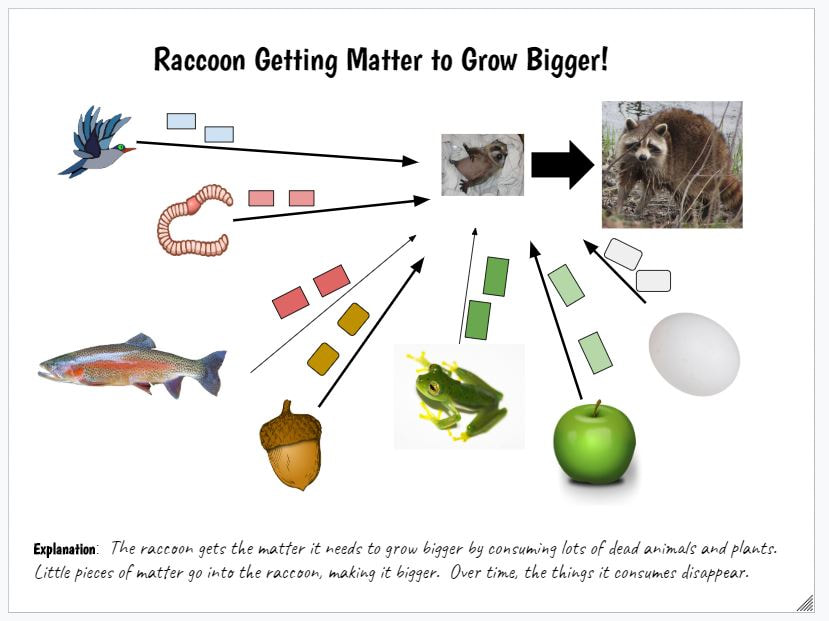
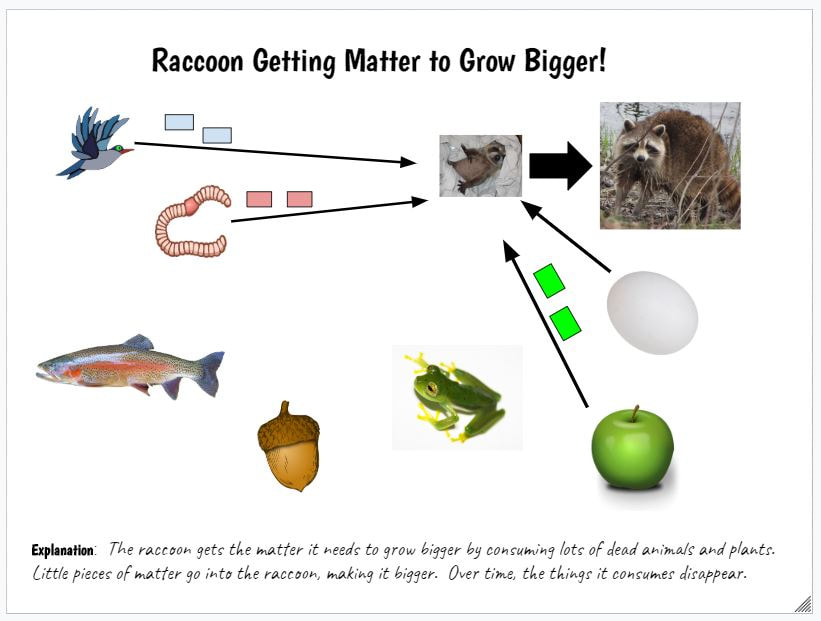
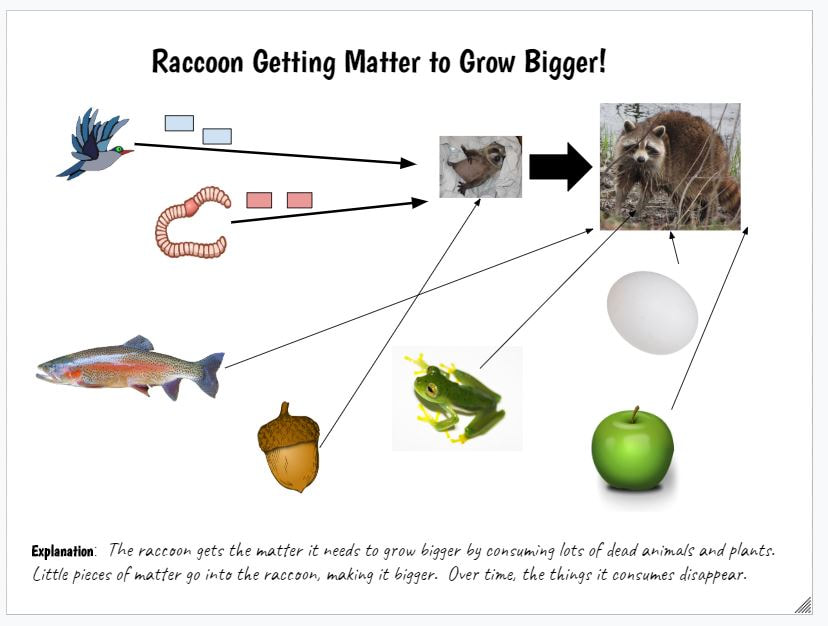
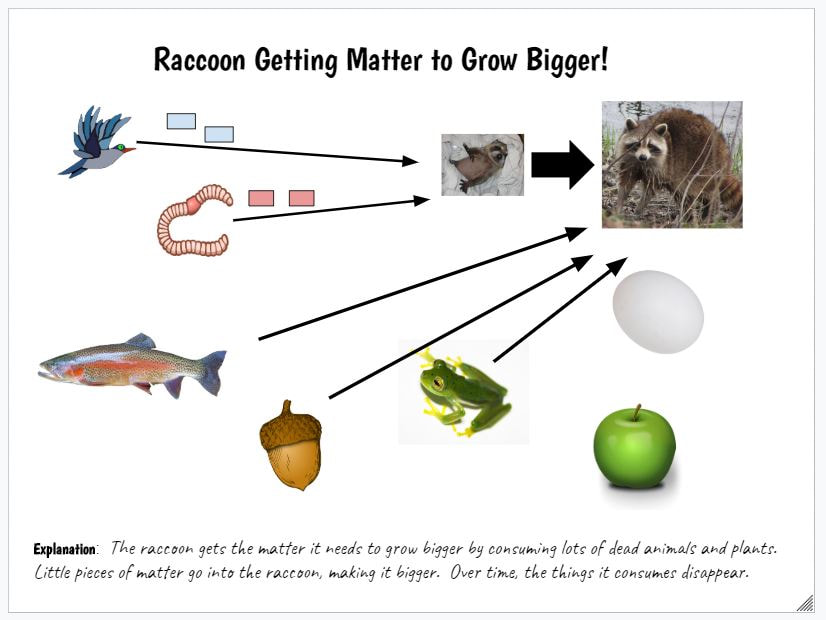
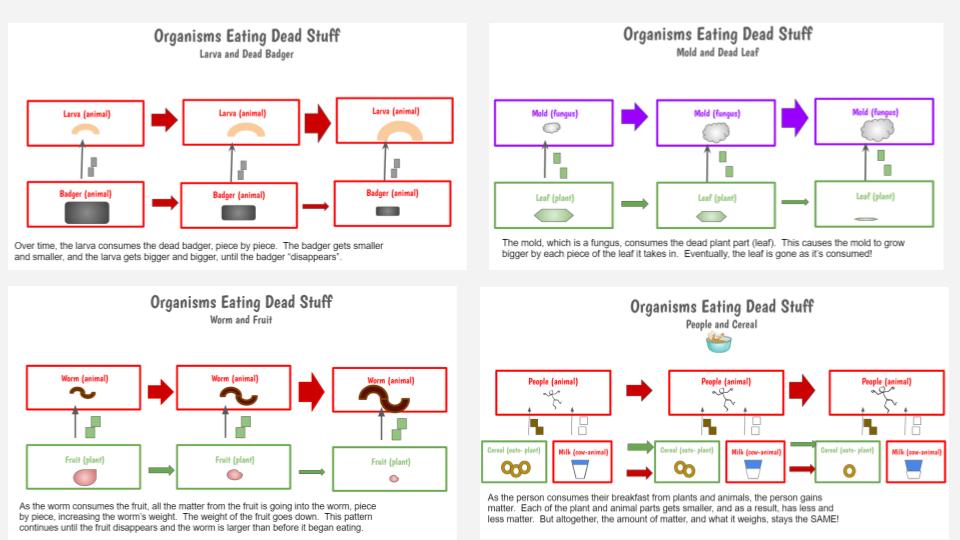
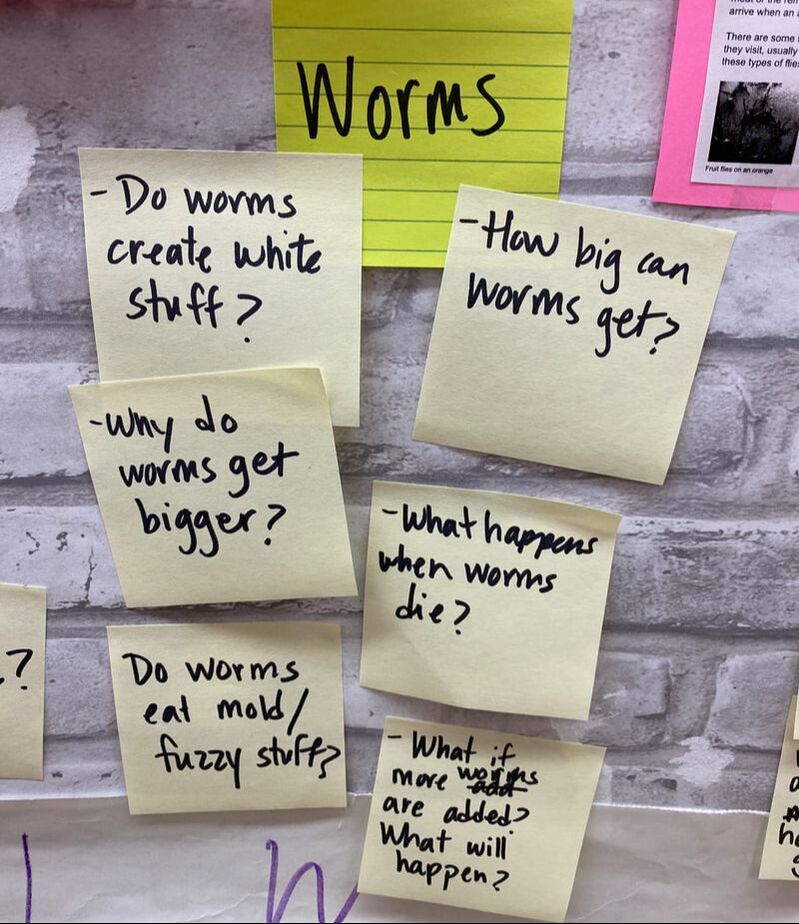
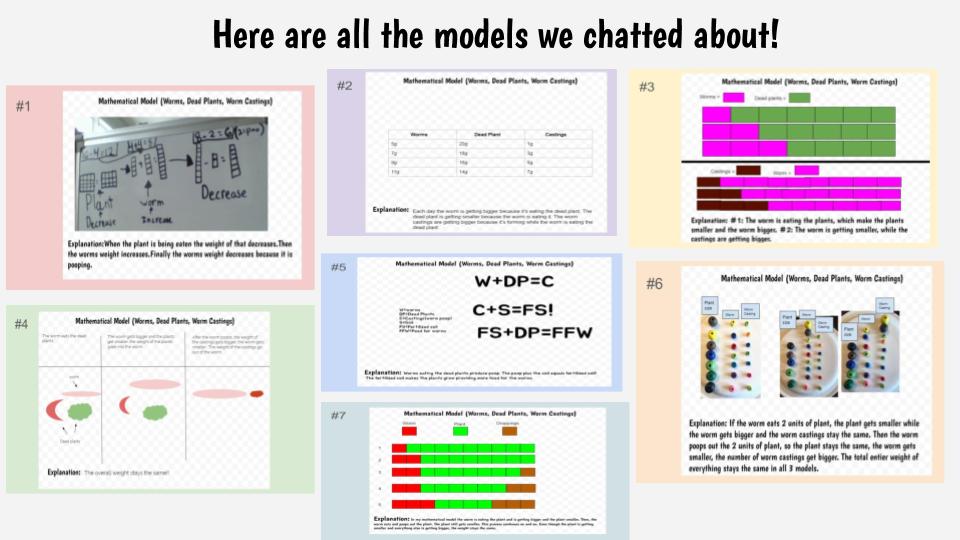
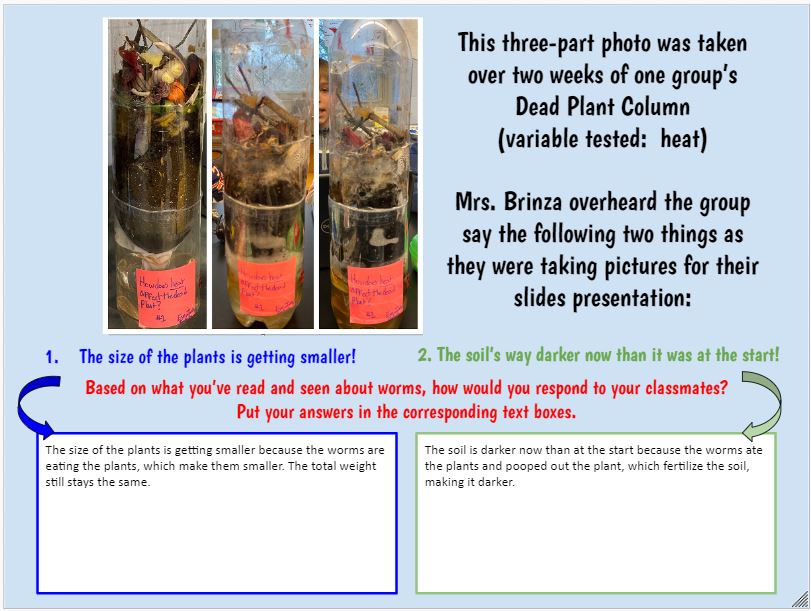
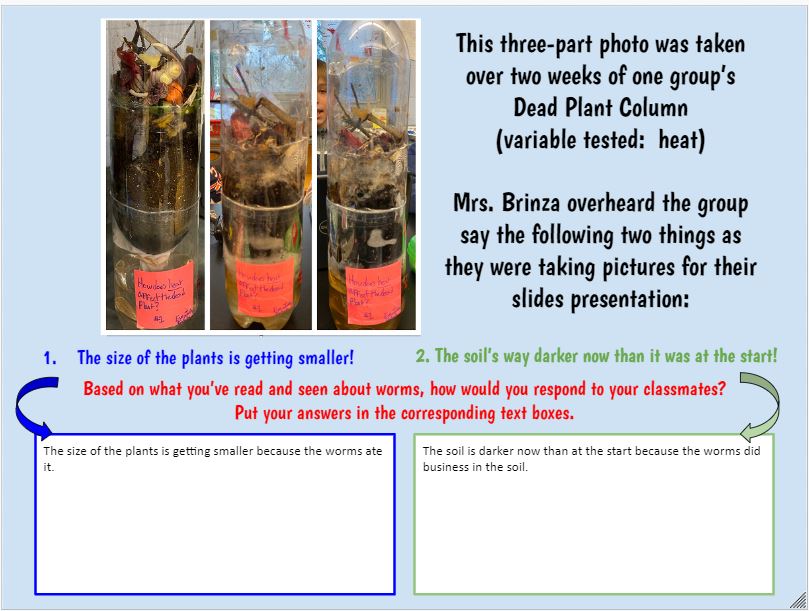
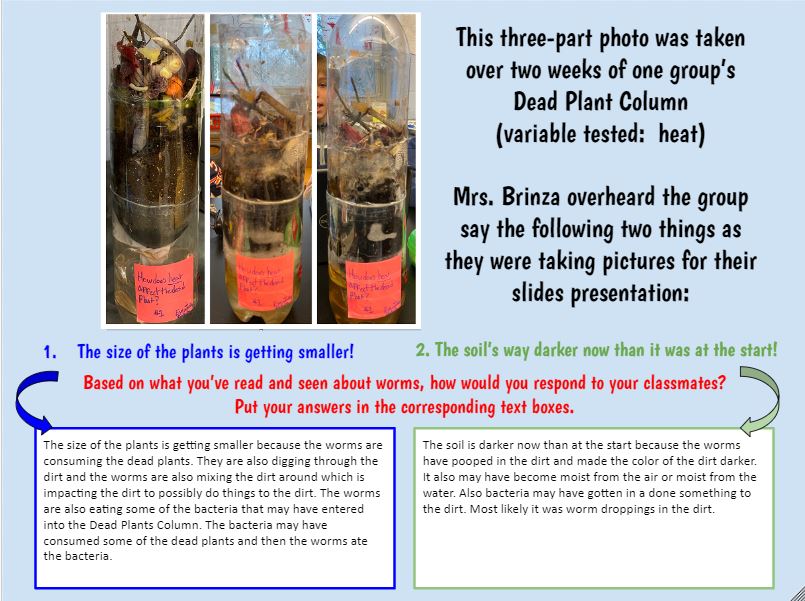
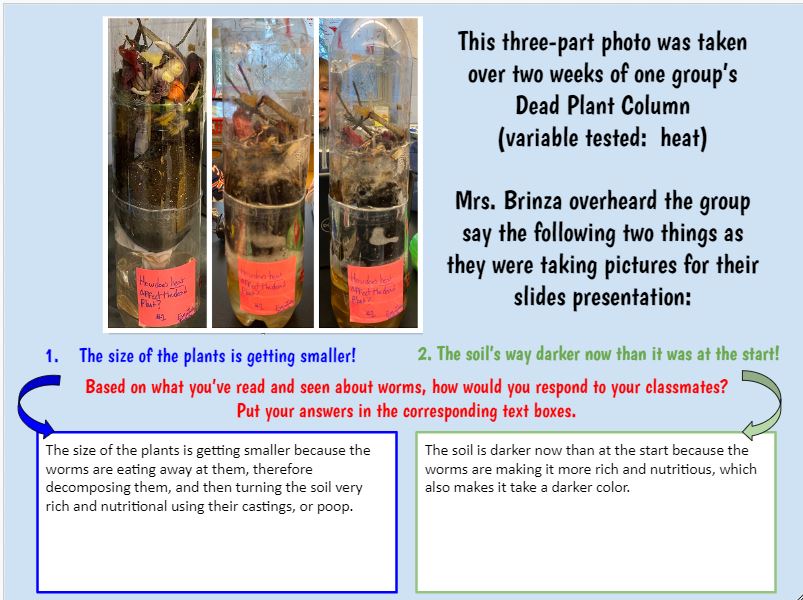
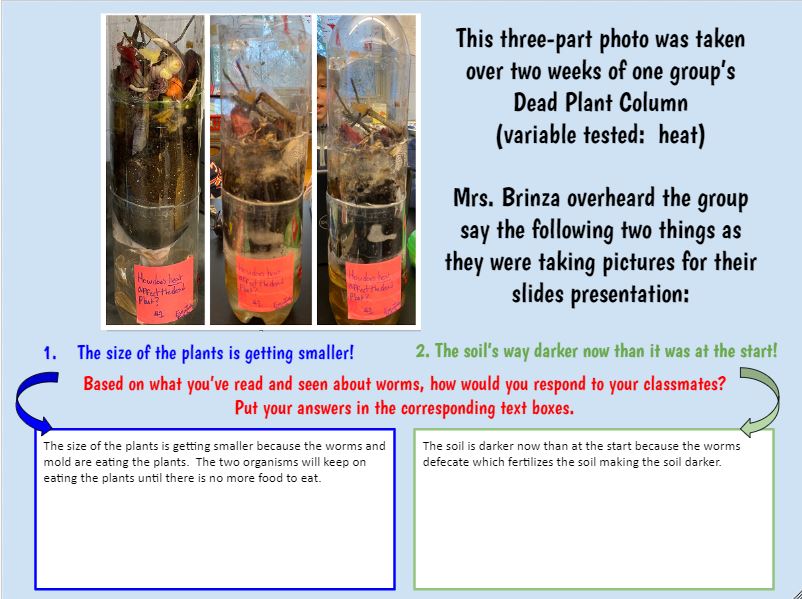
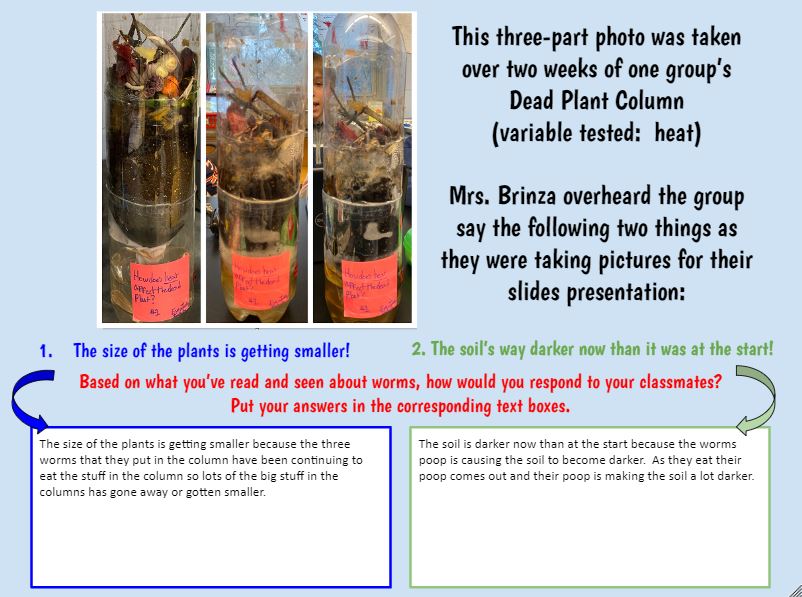
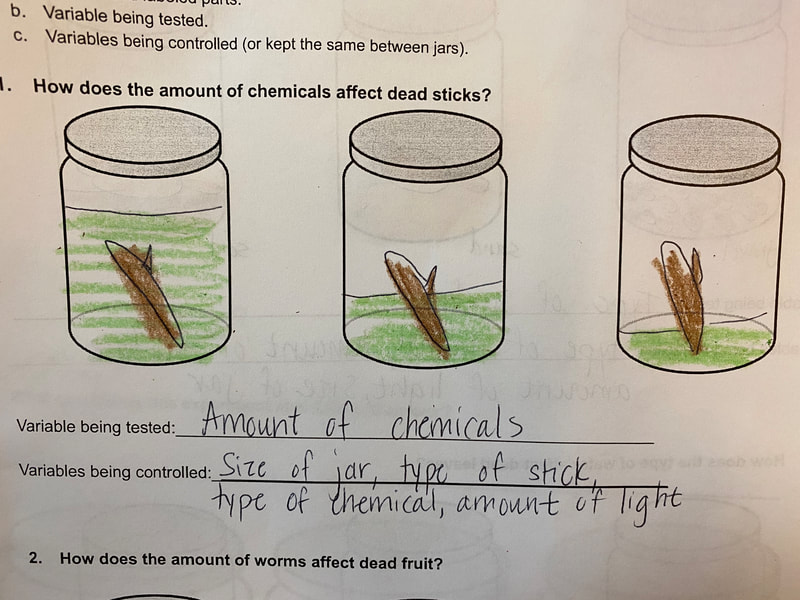
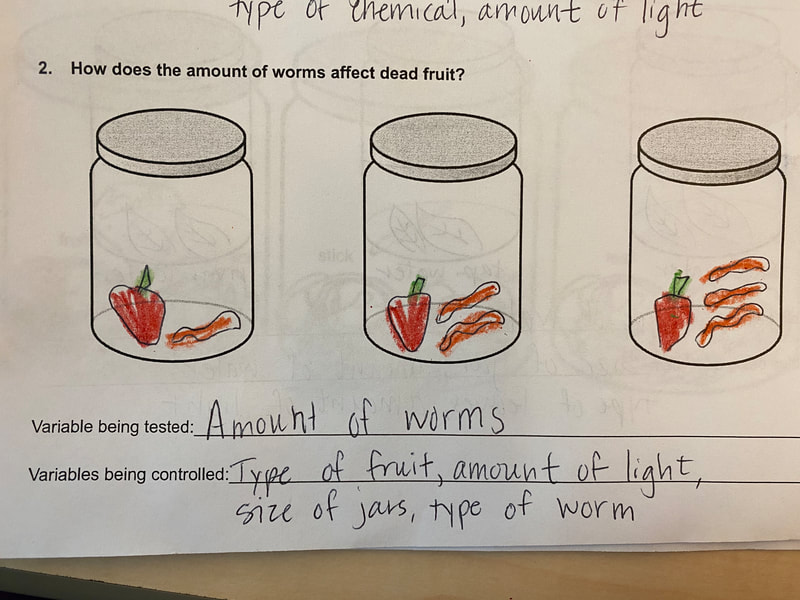
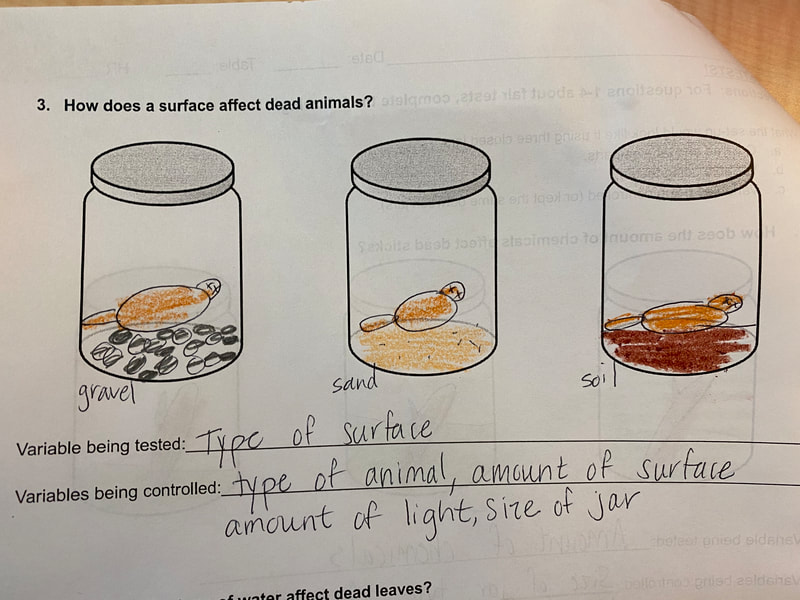
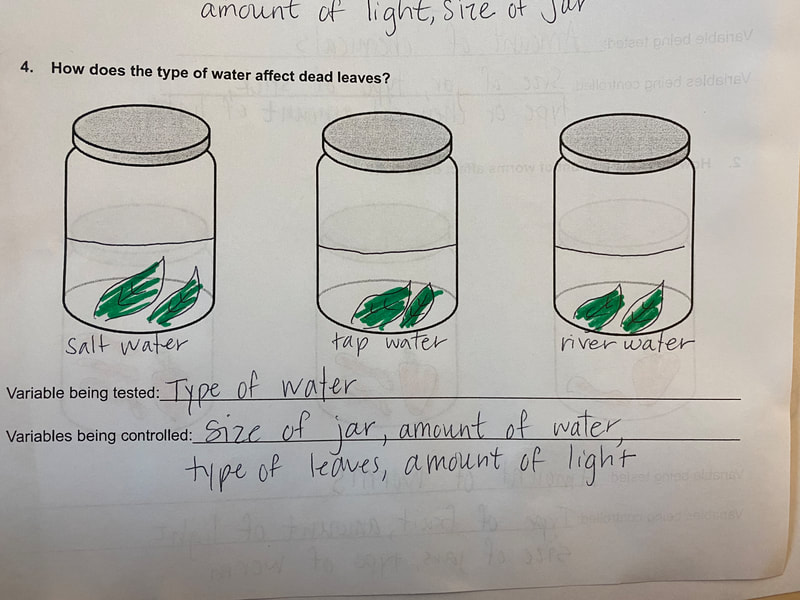
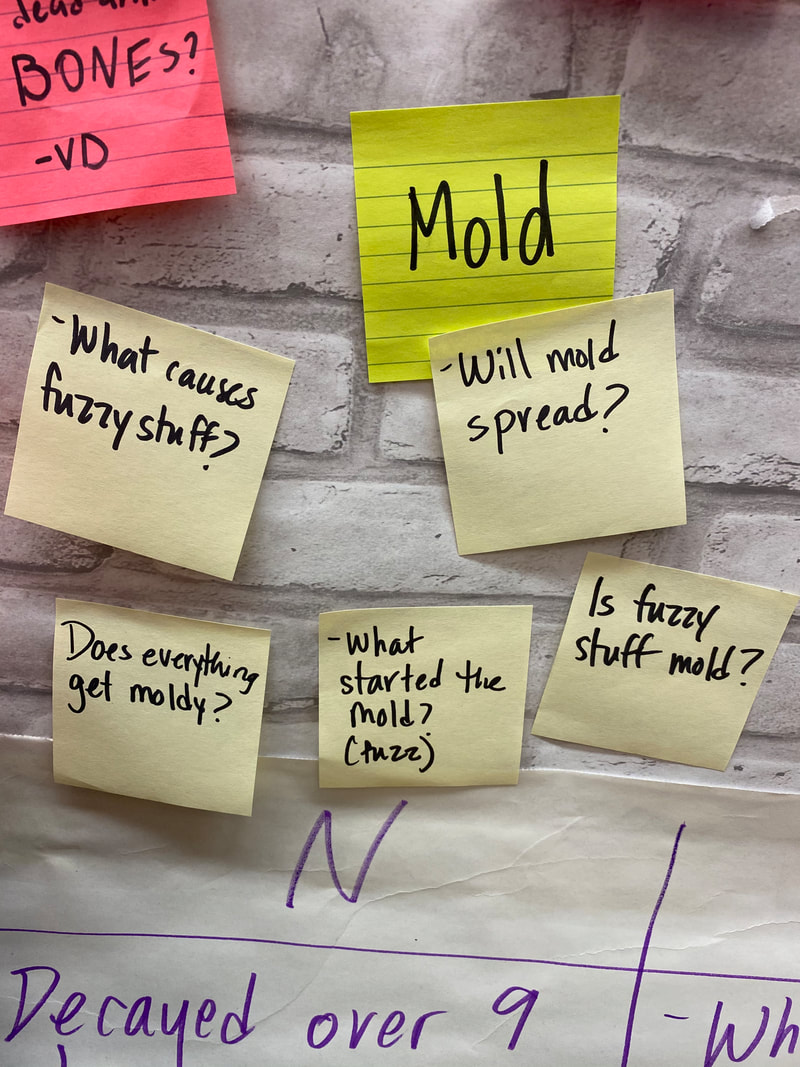
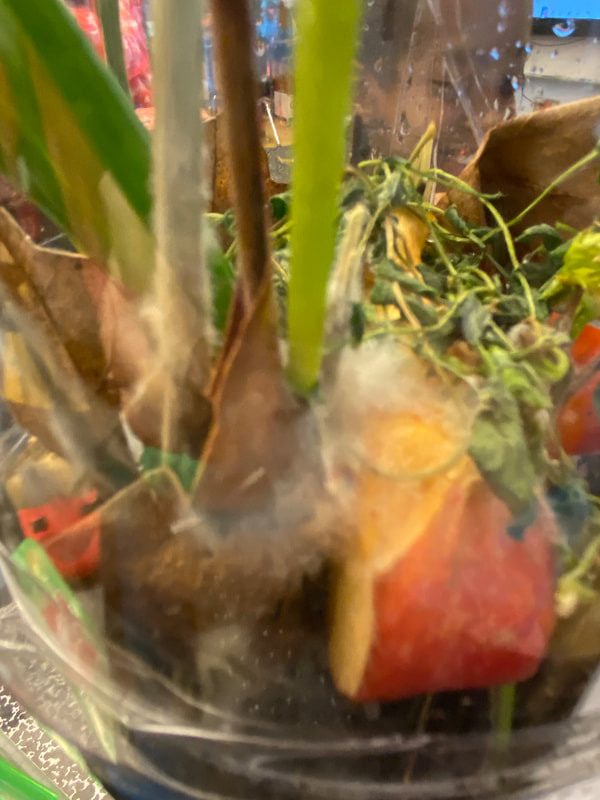
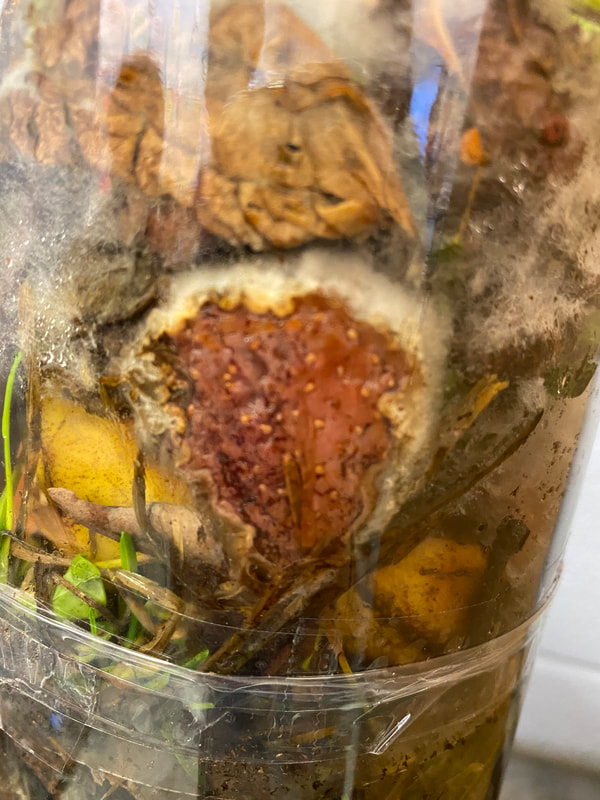
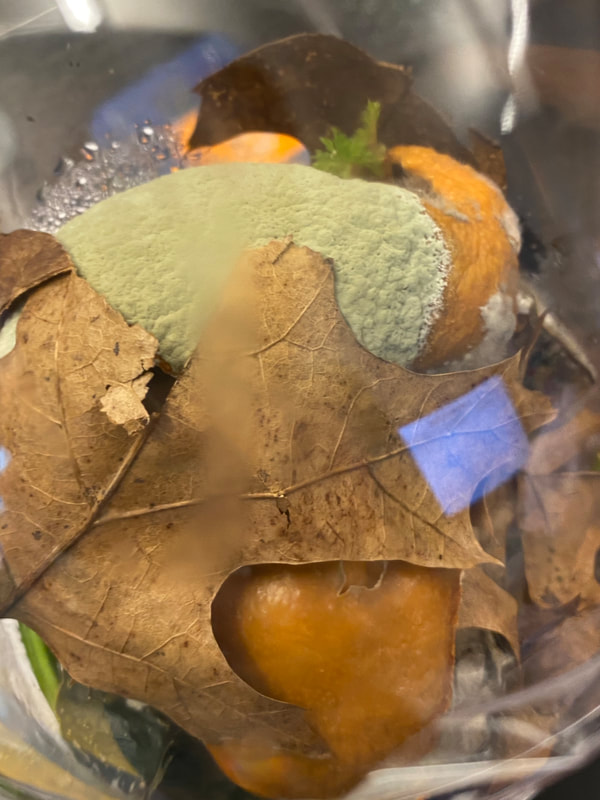
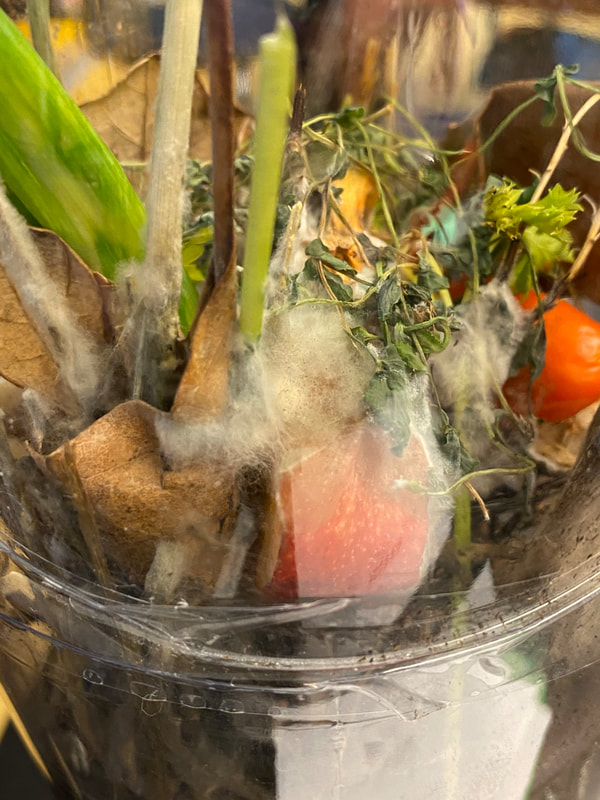
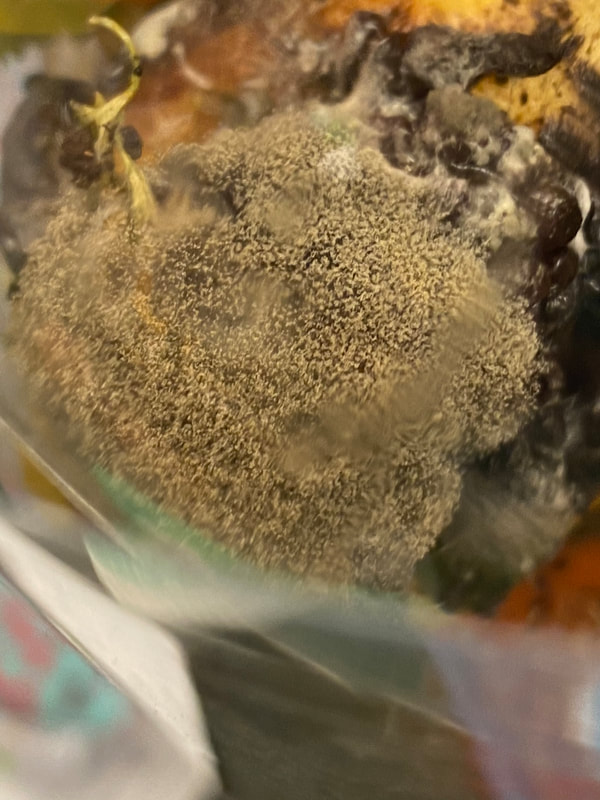
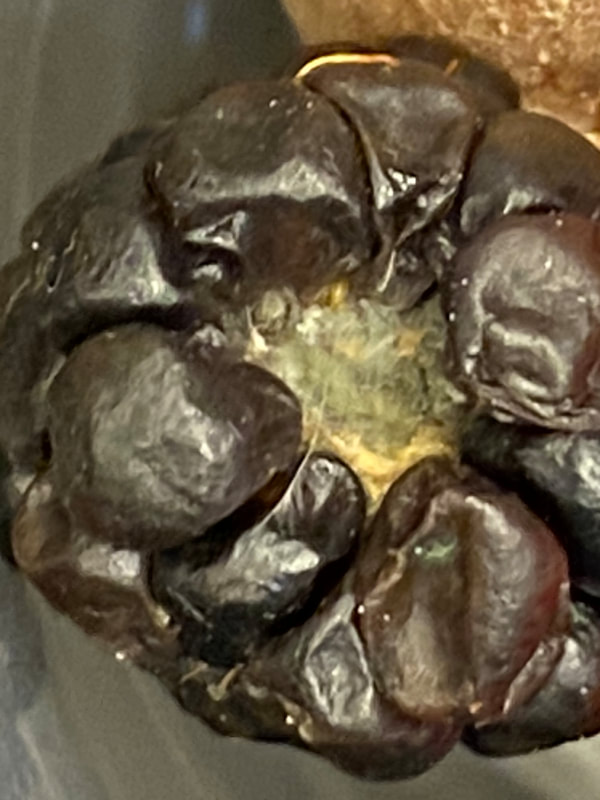
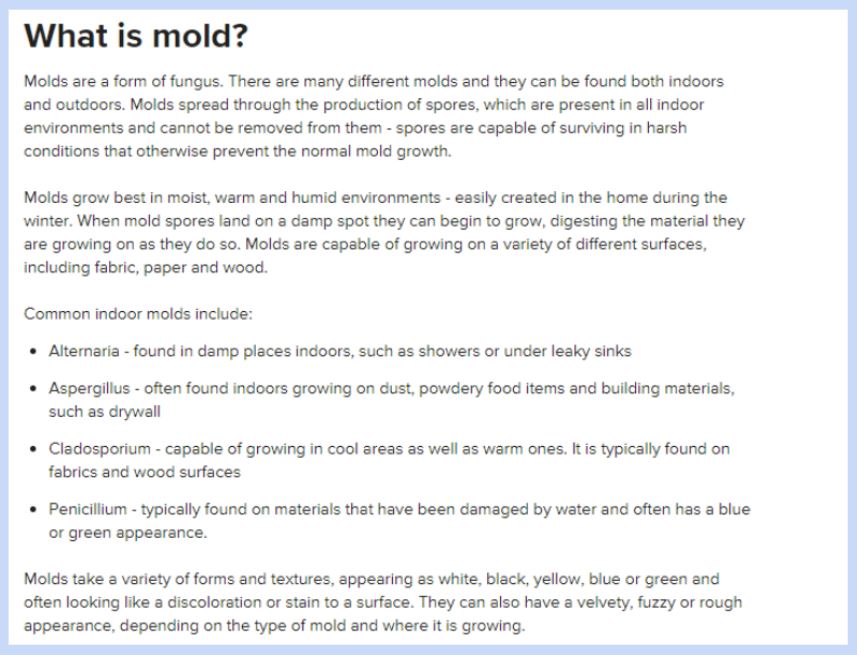
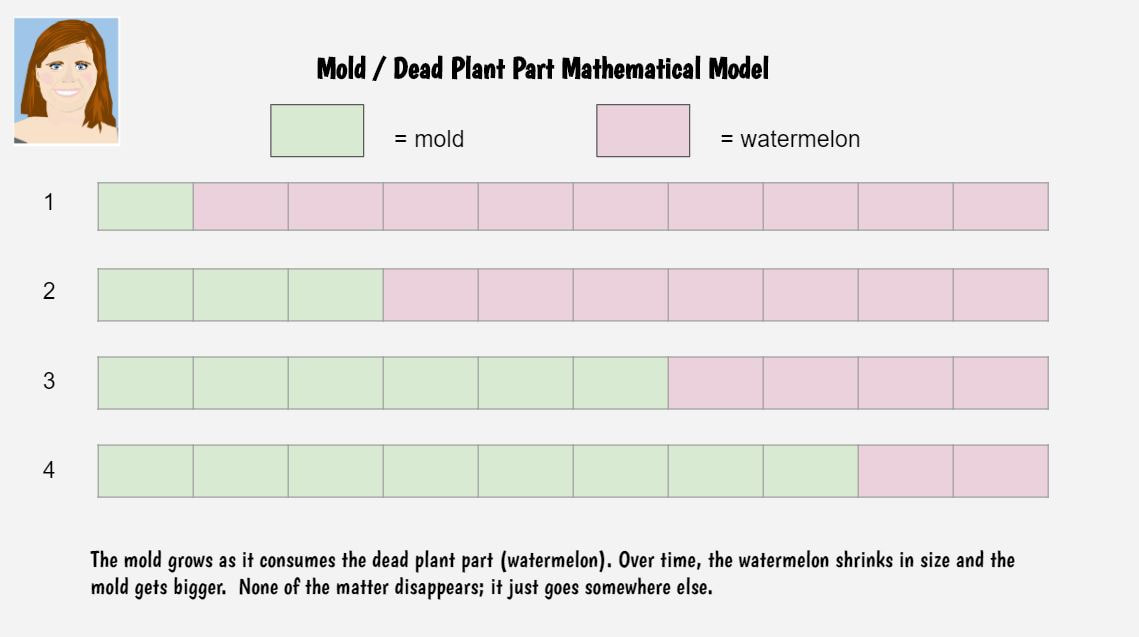
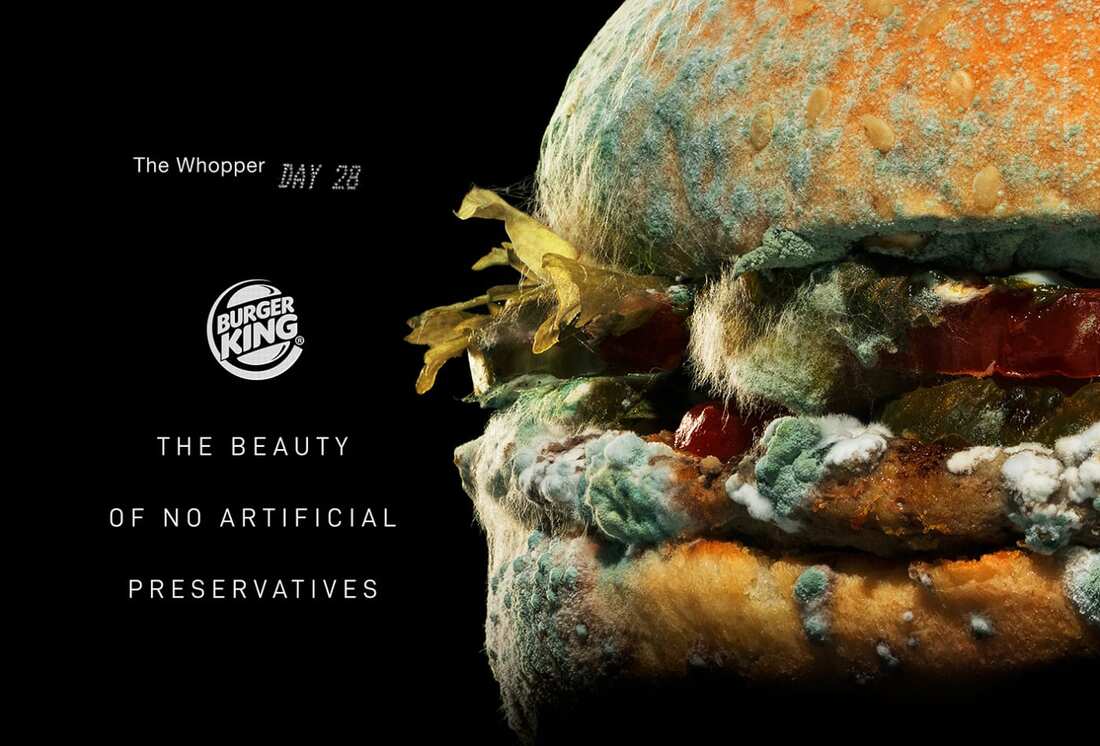
 RSS Feed
RSS Feed